Peas are among the most popular legumes and are processed either fresh or dried. Sweet peas can be consumed raw as the only legume. Green peas are mainly frozen or canned, with frozen peas becoming increasingly popular because they still contain all the vitamins.
What you should know about the pea

Peas come from Asia Minor, but they spread over large parts of Europe in the early days. The oldest archaeological finds are over ten thousand years old and come from Syria. As early as 7000 BC. Peas were also grown in Cyprus.
In Germany and Central Europe, peas were also one of the first crops of the Bronze Age. Today they are grown worldwide, with India growing the most peas by far. Peas feel most comfortable on clay soils. Since they ripen very early in the year and have a positive effect on the soil, they are often grown on the same field before rape and winter crops. There are around a hundred different types of pea that are considered cultivated plants. In general, however, there are four different main varieties. The field pea, which is considered to be particularly coarse and very rich in nutrients, is used as feed for cattle and poultry. Shell peas are usually dried and are processed as dried peas in the kitchen.
The particularly delicate pulp peas are greener and sweeter and are frozen or sold in tins. Sweet peas can be eaten raw. When they are fresh on the market, the kernels are not yet ripe and not fully developed. That's why they're particularly cute. The peel is still very thin at this early stage and can therefore be eaten. Fresh, green young peas are considered to be heralds of spring and, together with asparagus, should not be missing in any Leipzig variety. Peas were among the first foods in history to be preserved.
Peas were not eaten fresh until the 17th century, when new varieties could also be eaten unripe. Until then, the pea had only found its way into the kitchen when dried. The famous “pea sausage” came on the market in the 19th century and was the forerunner of all later packet soups.
Importance to health
Since dried peas are very rich in protein, they have always been a very important food in times of crisis. After the Second World War, the Allies distributed dried peas to the population to avoid a famine.
In Schleswig-Holstein and East Frisia, “gray peas” are still eaten on Shrove Tuesday. The tradition dates back to the Thirty Years War, when families were only able to survive during a great famine thanks to a few sacks of gray peas. Today peas have lost this elementary importance. But peas are considered very healthy. They lower cholesterol, they are low in calories and rich in vitamins. Peas are considered an effective remedy for constipation because, thanks to their fiber, they stimulate digestion. They also lower triglyceride levels.
These blood lipids have a major influence on the development of heart disease. Peas have a positive effect on the nerves and are even said to prevent cancer. Fresh peas contain chlorophyll. It is the plant matter that is responsible for the pretty green color. Chlorophyll traps carcinogenic substances in the body and ensures that the organism cannot absorb them. However, this area of research is still very new and it is not yet clear how many peas it will take to achieve this effect.
Ingredients & nutritional values
| Nutritional information | Amount per 100 gram |
| Calories 81 | Fat content 0.4 g |
| cholesterol 0 mg | sodium 5 mg |
| potassium 244 mg | carbohydrates 14 g |
| protein 5 g | Fiber 5 g |
Peas are the most protein-rich legumes. The differences between fresh and dried peas are huge. Fresh peas contain a maximum of 7 percent protein, while dried peas contain up to 20 percent. The reason: Fresh peas, which are also eaten raw or lightly steamed, are not yet fully ripe.
Peas that are to be dried, on the other hand, are harvested when ripe. The more mature the pea, the higher the protein content. Peas also contain beta-carotene, which is so important for the eyes, and a B-vitamin complex made up of vitamins B1, B2 and B6, which has a positive effect on the nervous system. Peas are also rich in vitamin C and vitamin E.
Intolerances & allergies
Peas are high in purines, which can trigger a gout attack. Gout patients are therefore either not allowed to eat peas at all or only to a limited extent. They can also raise uric acid levels and are therefore taboo for kidney patients. In addition, the fiber in the pea is not digested by the stomach.
Digestion only takes place in the large intestine with the help of intestinal bacteria. During this process, winds arise, the result is a feeling of fullness and gas. However, this effect is very individual; some people are more prone to flatulence than others. Fresh peas are less likely to cause digestive problems than dried peas that have been cooked. Pea allergies are rare. However, those affected usually have very severe allergies and even asthma attacks.
Shopping & kitchen tips
Fresh peas are mainly available in spring, but today they are also sometimes offered until late summer. The shell must have a fresh shine, must not have any stains and must be closed all around. The flower base must be green and not have a yellowish color.
If all of this is correct, the peas are fresh. The pea seeds must then be peeled from the shell. For a recipe with 500 grams of peas you need two kilos of peas. Peas should be processed as soon as possible after shopping. They can be kept in a damp cloth in the refrigerator for up to three days. Dried peas can last for many years in a dry, cool cupboard and in a closed can.
A shelf life of three years is generally assumed today. The soaking time is a few hours. The older the dried pea, the longer it should be soaked. Split peas, on the other hand, do not have to be soaked at all and can be cooked into soup immediately. Soaking peas has the advantage that the soaking water can be tipped away and replaced. In this way, uncomfortable flatulence is avoided, as all substances that cause flatulence end up in the soaking water.
Preparation tips
Fresh peas should only be cooked in boiling water for a few minutes. Like pasta, they taste best “al dente”. Fresh peas can also be gently cooked in butter with a little sugar. They should not be missing in any classic Leipziger Allerlei and are added as the last vegetable ingredient to the stew just before it is served. There are numerous recipes for dried peas. They are typically cooked with sprigs of thyme and onions. With cumin and coriander they get an oriental touch and are easier to digest.


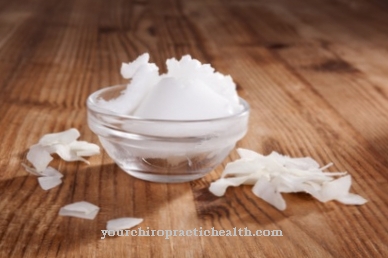
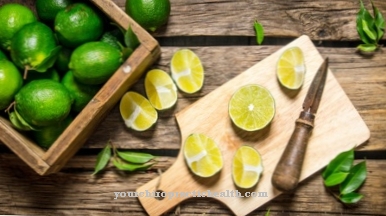
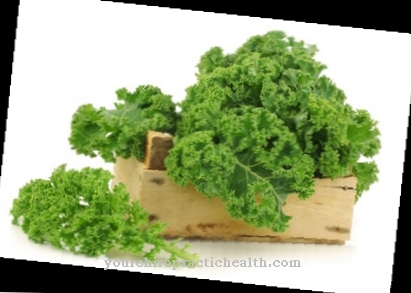
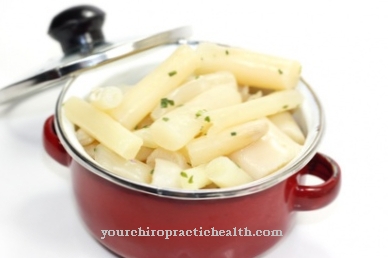
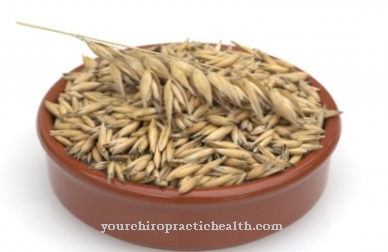






.jpg)

.jpg)
.jpg)











.jpg)